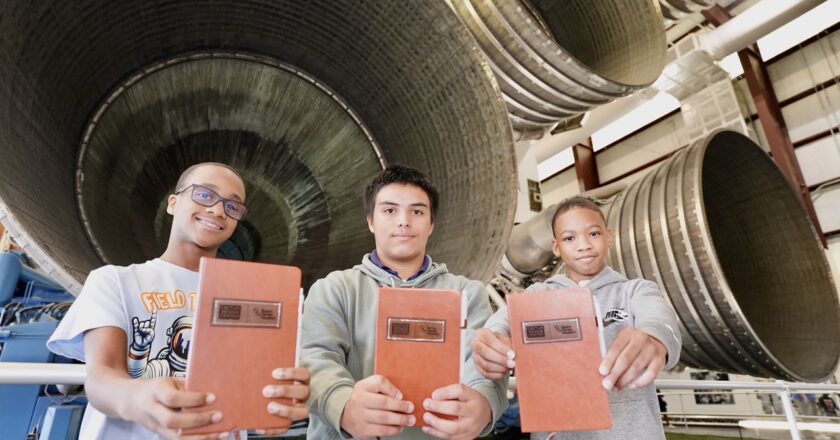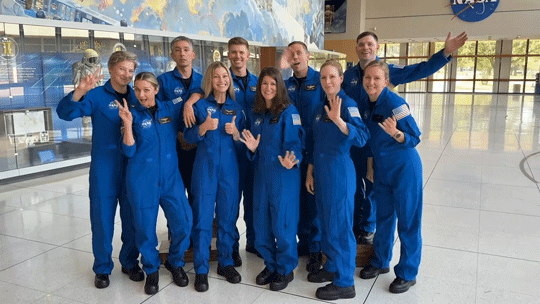Cactus Jack Foundation and Space Center Houston Partner to Engage and Empower Youth through STEM
HOUSTON, TX (October 11, 2025) – Cactus Jack Foundation and Space Center Houston, the Official Visitor Center of NASA Johnson Space Center, launched a unique STEM program today.
The eight-week-long initiative aims to heighten engagement of HISD students with a design and engineering-focused curriculum. The nonprofit organizations will bring educational resources to the students that unlock new principles in science, technology, engineering and mathematics (STEM) problem solving, while teaching essential skills for future careers in engineering, design, and space exploration.
“We are proud to be in partnership with the Cactus Jack Foundation as we prepare the next generation of creators and problem solvers from the heart of Houston,” said William T. Harris, president and CEO of S...




